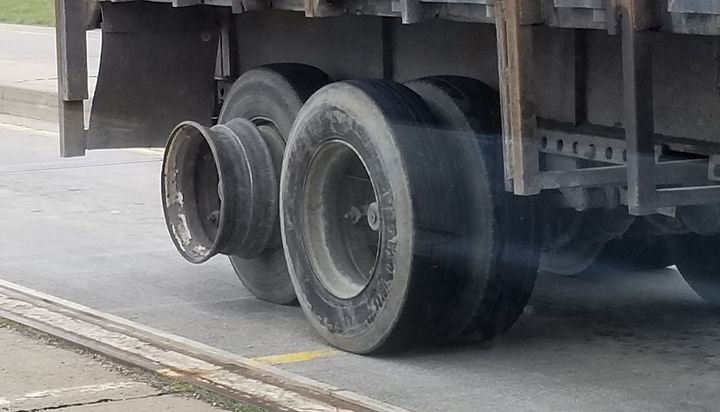
What Has Changed?
Tire condition plays a large role in truck performance, but they can also have an effect on highway conditions and the safety of other drivers. In North Carolina, in-road tire sensor technology is now being used to detect underinflated tires, missing tires, and truck tires that have excessive wear.
In-Road Sensors and Automatic Citations
The sensors, designed by International Road Dynamics and part of the Tire Anomaly and Classification System (TACS), have been utilized at weigh stations to check for defects as drivers pull through specific zones. This tire technology can result in the automatic issuance of citations for violations pertaining to missing and defective tires.
In total, there were over 4,900 violations found in 2021 for flat tires or fabric exposed. It is believed that tire technology violations now account for a full 10% of all vehicle citations written in North Carolina.
Not Just North Carolina
Virginia and Illinois have also introduced sensor systems produced by International Road Dynamics to monitor truck tires. These systems utilize not only in-road sensors, but also roadside electronics as well as weigh station workstation software.
Regarding Virginia’s efforts, the Virginia Department of Motor Vehicles has stated that the use of TACS has resulted in over 13,000 unsafe tires being identified. Illinois currently has 14 TACS station installments and plans to integrate sensors and related components at every interstate scale in the state by 2024.
The Future of Automated Sensor Systems
Whether or not in-road sensor systems can remain viable in the long-term remains to be seen, but these components do raise questions regarding driver autonomy and fleet manager obligations going forward. What happens if a sensor generates a false positive? How often do these systems need to be calibrated to remain effective? If a legal challenge is brought regarding a violation, how does the state present its case?
The answers to these questions and more will need to be answered moving forward, but for now, it seems that autonomous tire technology is here to stay.
